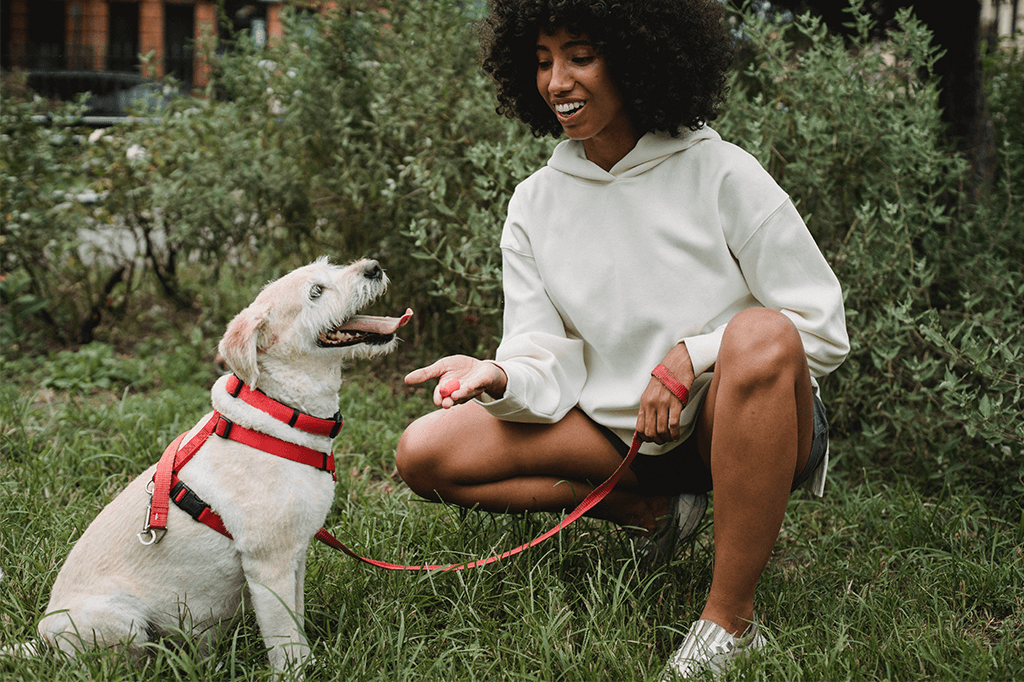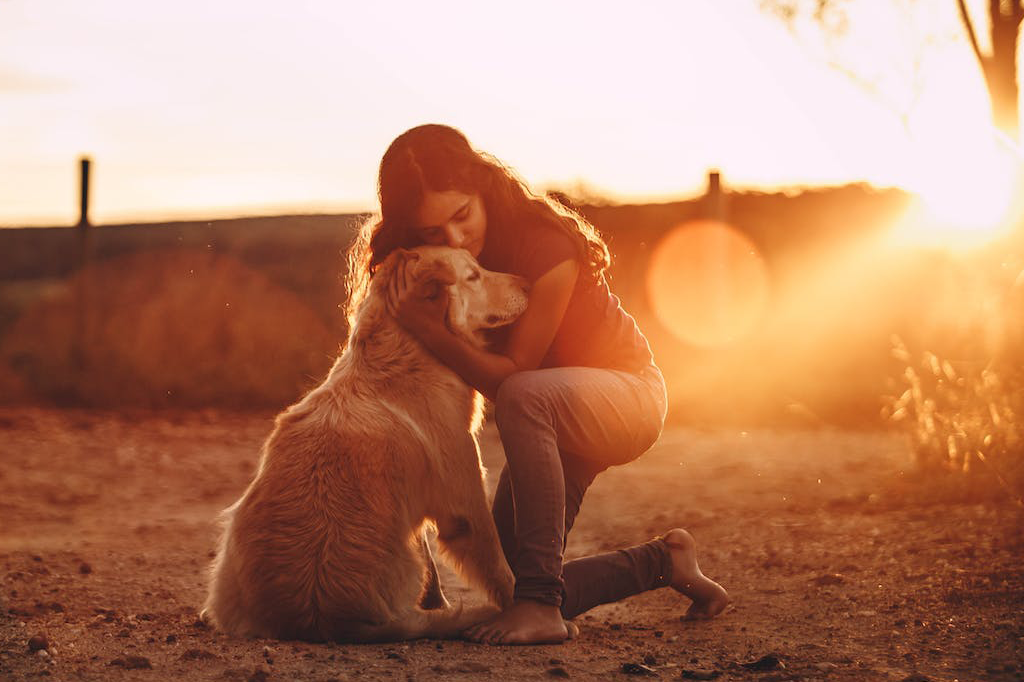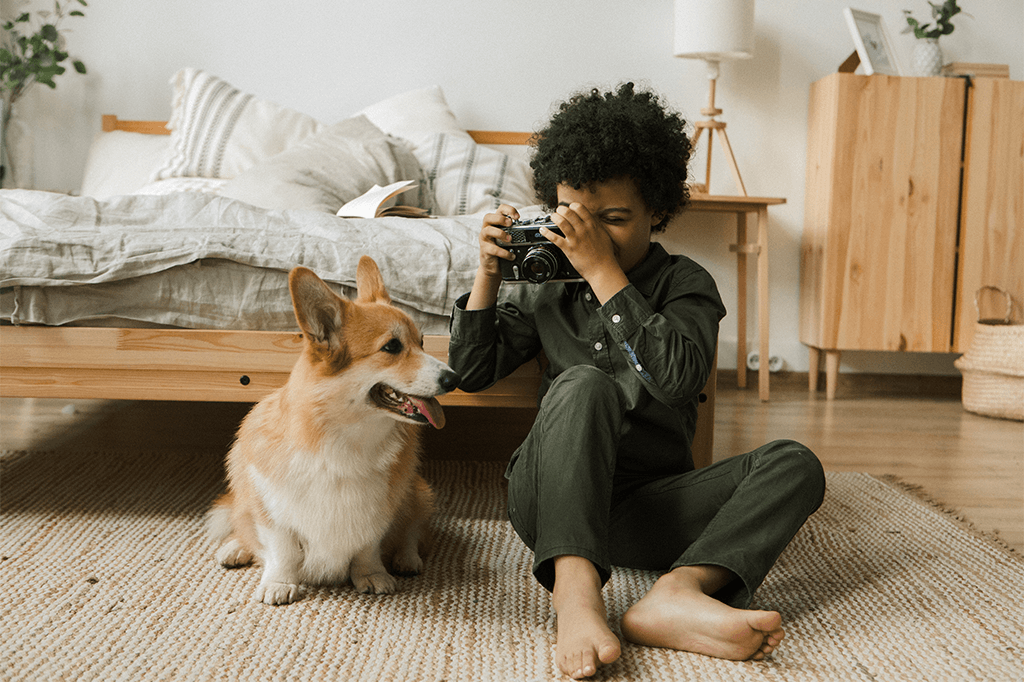Can You Teach an Old Dog New Tricks?
You have probably heard the saying “you can’t teach an old dog new tricks”…
Ever wondered how true this is?
Well, it couldn’t be more false!
While you may need to take things a little slower, and also exercise more patience, when it comes to teaching an older dog some new tricks, it can definitely be done. Not only that, but all of that trick training is a great way to keep an older dog mentally stimulated.
A Few Things to Know Before Teaching an Old Dog New Tricks
Trick training is beneficial no matter the age of a dog, but older dogs do face more limitations than a younger pup.
What type of limitations?
The usual things that come with age, such as:
-
Physical Limitations – older dogs tend to be slower and stiffer, so certain repetitive movements could be uncomfortable. They may also have a limited range of motion, and could be losing some of their sight or hearing
-
Mental Limitations – cognitive function declines with age. This means that it will likely take longer to teach an old dog new tricks when compared to a pup. However, taking things slow and steady can really help.
So long as you keep your senior dog’s limitations in mind, you will be able to pick tricks that your pooch will quickly learn.
Verbal and Visual Commands
It is common for a dog’s eyesight and hearing to start to decline with age. This can make training a little trickier.
This is why it is important to incorporate both verbal and visual commands when teaching an old dog new tricks.
That way, if eyesight starts to fade, your dog will still be able to respond to verbal cues. On the other hand, if your dog’s hearing starts to go, hand signals are useful for telling your dog what you want him to do.
When teaching your old dog new tricks, make sure that you establish both visual and verbal cues for each one. This will enable you to continue using that command as your dog progresses through life.
Going Over the Basics
Ok, so the basic commands might not be anything new and exciting, but this is still a good way to get started when teaching your dog hand signals.
One of the problems that many people face when their dogs age is with recall…
Due to a loss of hearing, many dogs simply cannot hear their owners shouting for them to return.
This is where hand signals come in…
The easiest hand signal to use for recall is using your arms and hands to form a big wide circle around your head. Bring your hands slowly round to meet each other by your legs.
Each time your dog is heading towards you, make this motion. Combine it with your verbal cue, whether this may be “come here” or anything else.
It won’t take long for your dog to realize what your hand signal means. Of course, you do need to be consistent with this.
Once you have mastered the recall hand signal, do the same with the other important basic commands, such as:
-
Sit
-
Stay
-
Lie down
-
Heel
Walk Backwards
If your dog doesn’t seem to have much awareness over their hind legs, teaching them to walk backwards can be especially useful. This will teach your pooch new ways in which they can use their body, helping to increase their awareness of their back legs.
Senior dogs often have a hard time with balance, and this trick can really help with that.
Teaching a Dog to Walk Backwards
It is actually pretty simple to teach a dog to walk backwards.
Begin by having your dog sit and stay in front of you, while you take a few steps back. Then, walk towards your dog, leaning your body slightly forward.
This will usually be enough to cause a dog to back up on his own. As soon as he does this, say your cue word, along with your hand signal. Then, give your dog a treat.
It can sometimes be easier to practice this in a narrow hallway, so that your dog has no option but to walk backwards as you approach.
Once your dog grasps the connection between the command and the action, he will know to walk backwards whenever you say the cue word.
Advanced Tricks to Teach an Older Dog
Does your dog already have a solid understanding of the basics?
If so, you may want to try something a little more advanced…
Here are a few beneficial tricks to try:
-
Find it – this requires you to hide an object for your dog to find. Since this requires the use of the nose, it is great for dogs who are experiencing a decline in their sight and hearing. It is also a good way to keep your senior dog active around the house
-
Ring a bell – senior dogs can sometimes have problems with bladder control. Teaching them to ring a bell whenever they need out can be a great way to prevent accidents in the house. This trick does take a bit of time, and you will need your dog to master the “touch” command first
-
Tidy up – teaching your dog to tidy up his toys is another great way to keep your dog moving in the house. It also prevents putting too much strain on his joints and muscles
-
Kiss – this may not have much of a practical use, but a dog that gives you a kiss on command is a dog that will always keep you smiling
Just like when training a puppy, make sure that you keep things positive when teaching an old dog new tricks. Plenty of high value training treats and praise are a must, and keep your training sessions short but consistent to prevent your pooch from losing focus on the task at hand. Once you have mastered a trick, don’t forget to then practice this in different locations with new distractions, as this will help to cement the trick in your dog’s brain.





